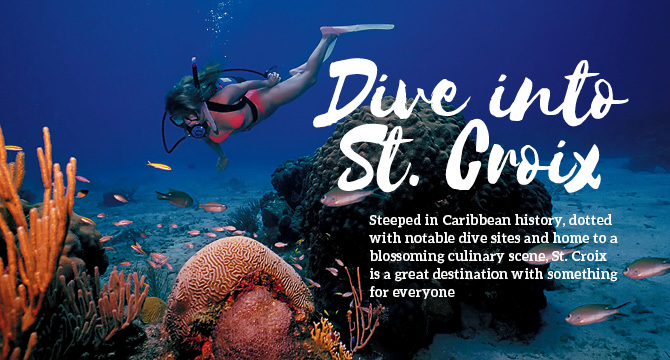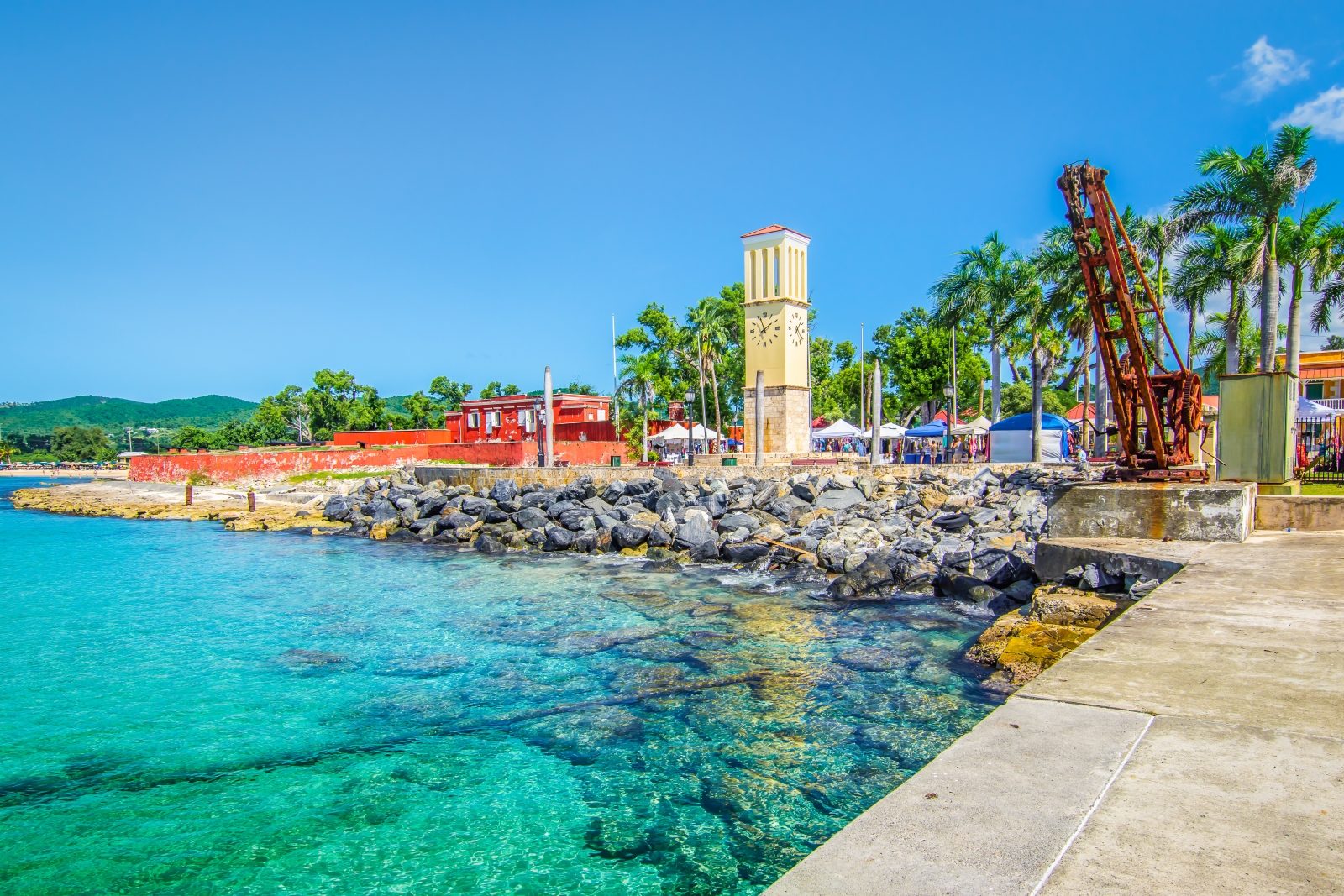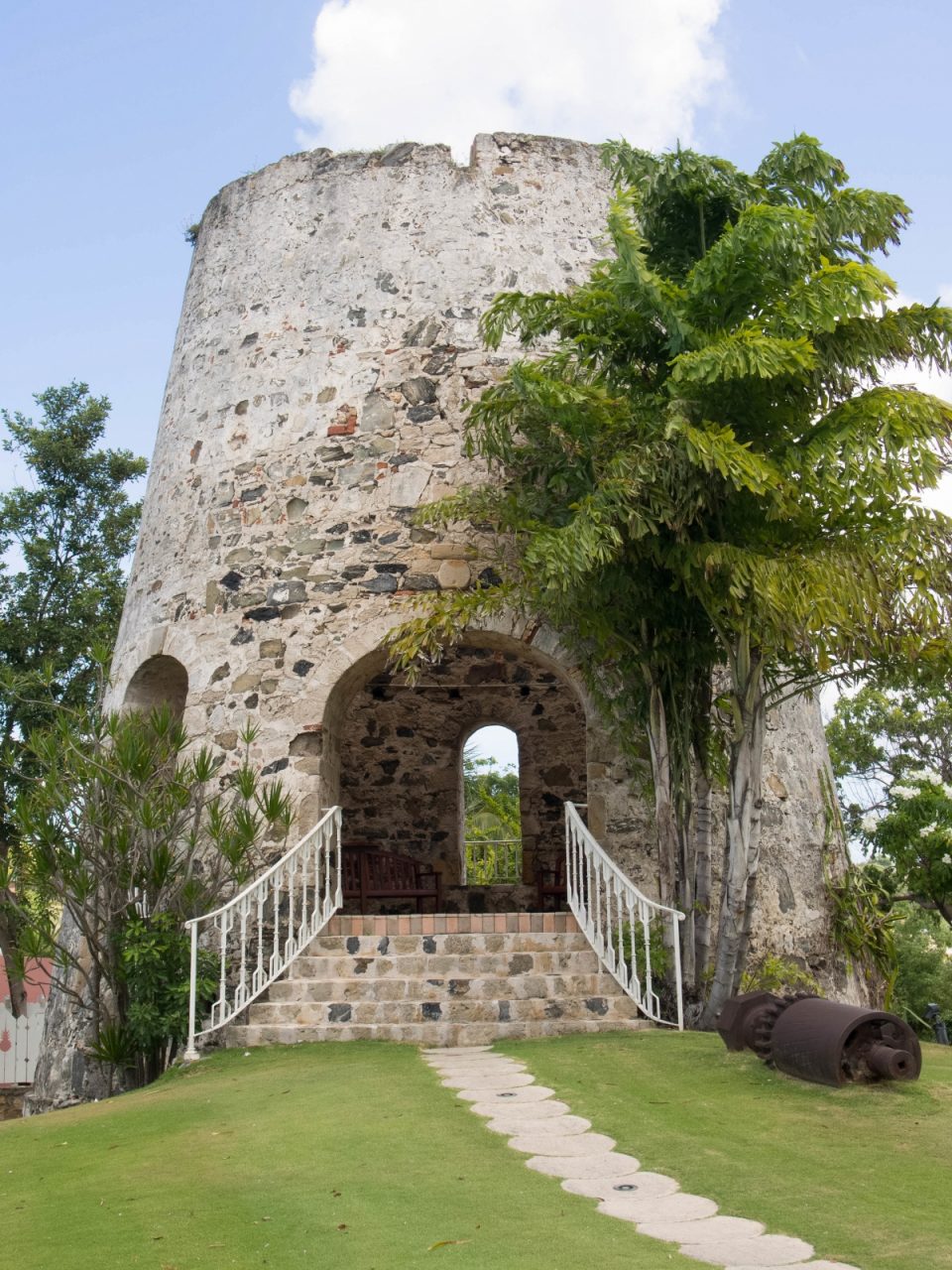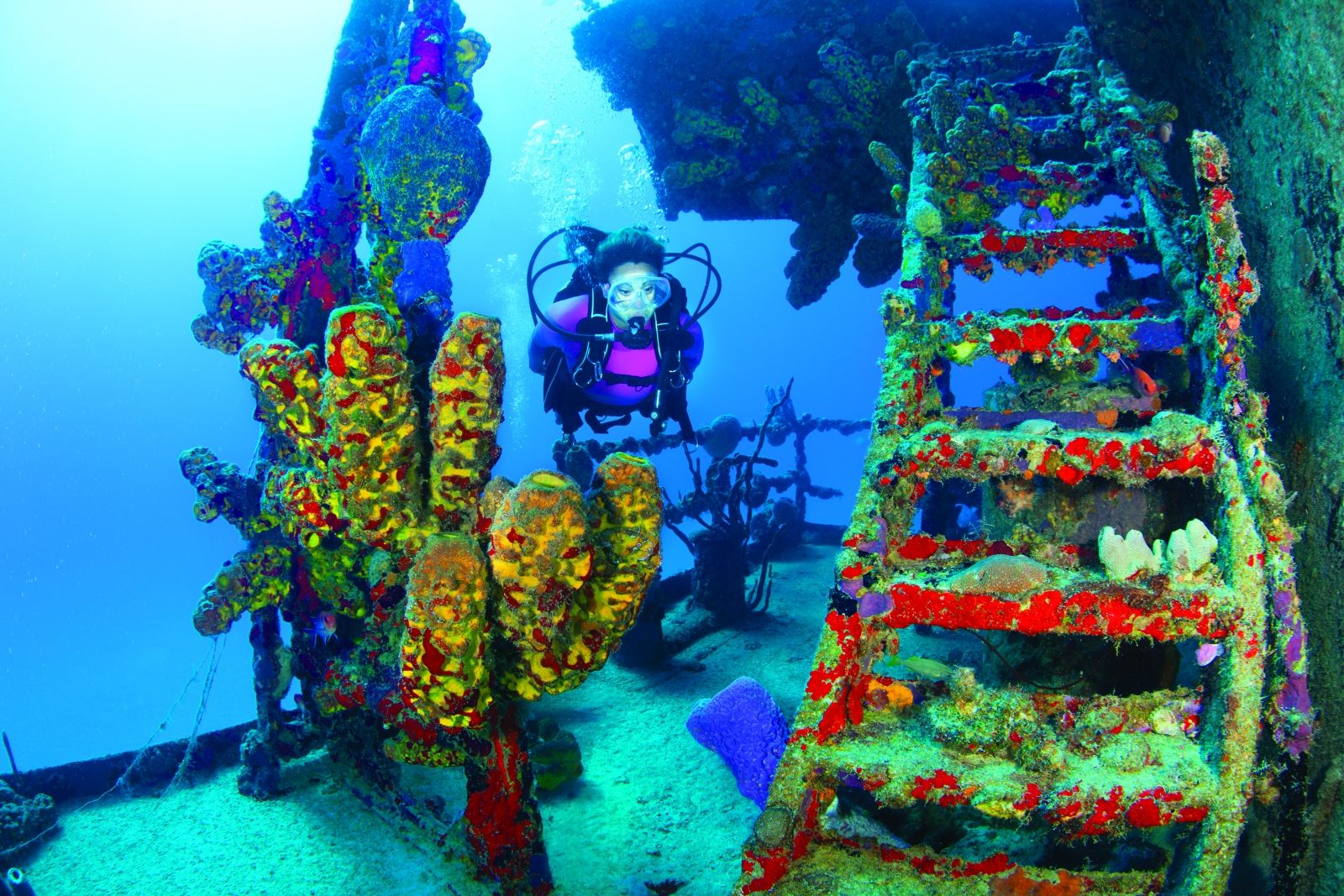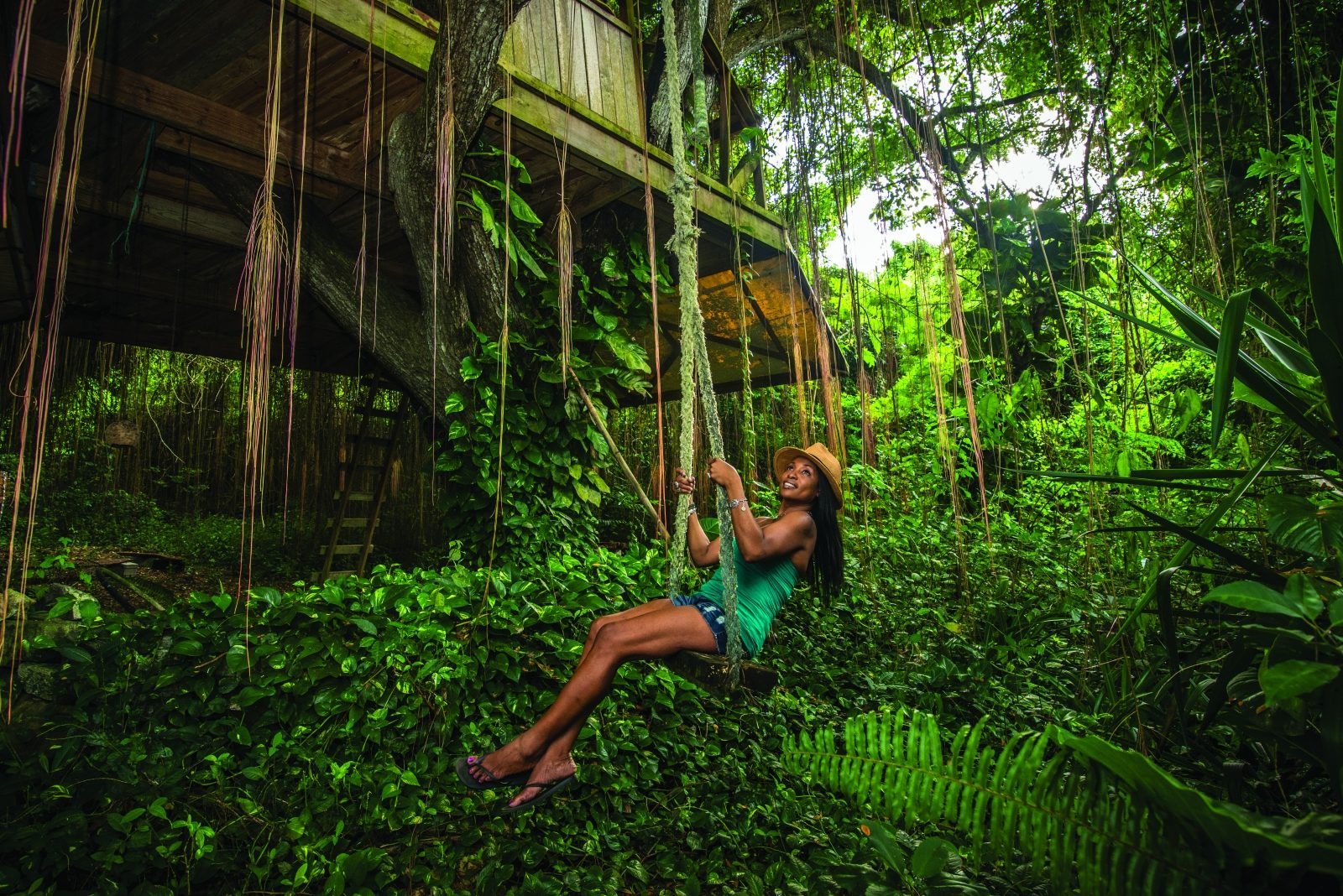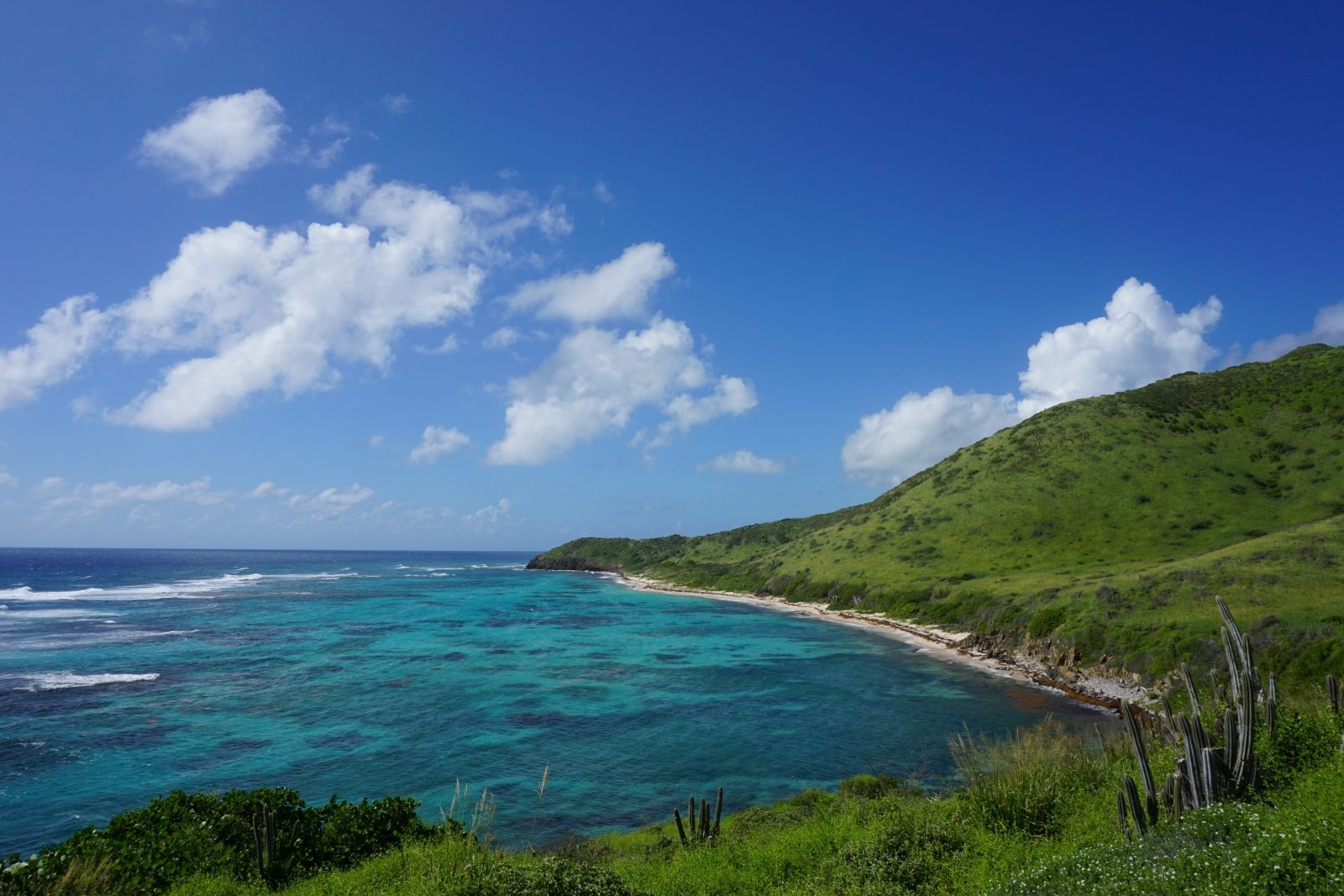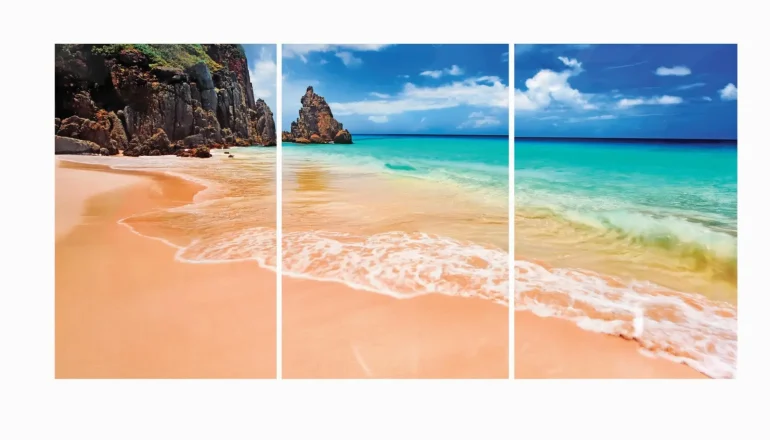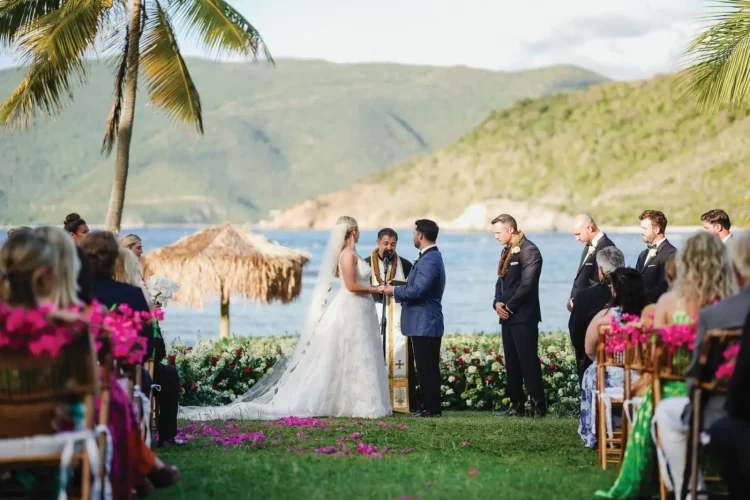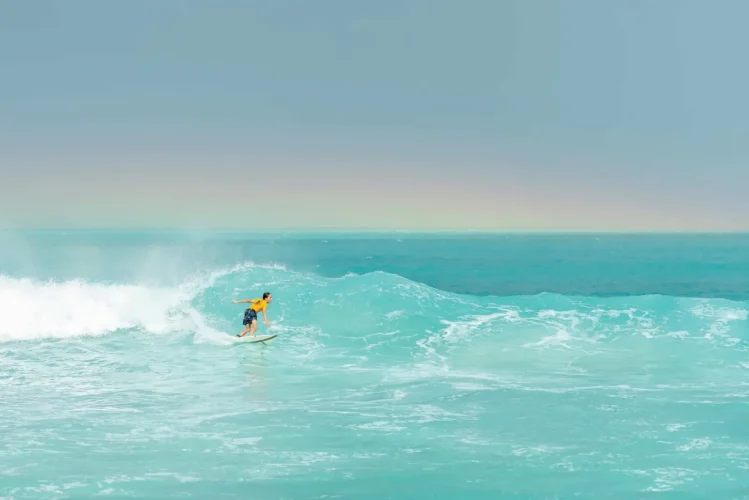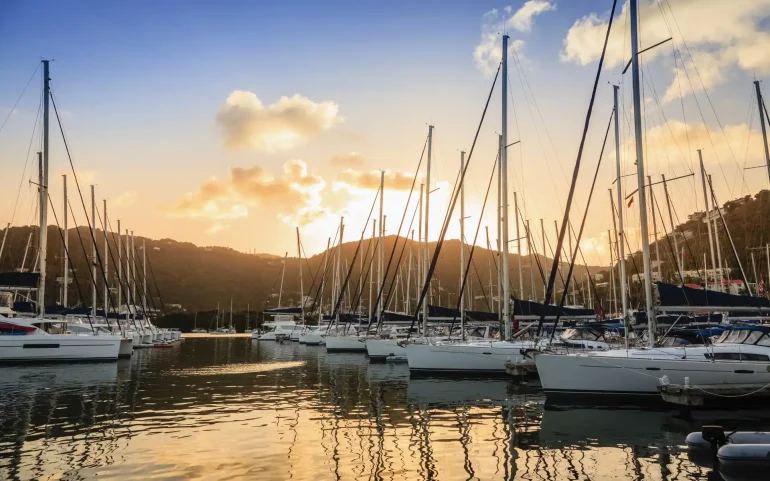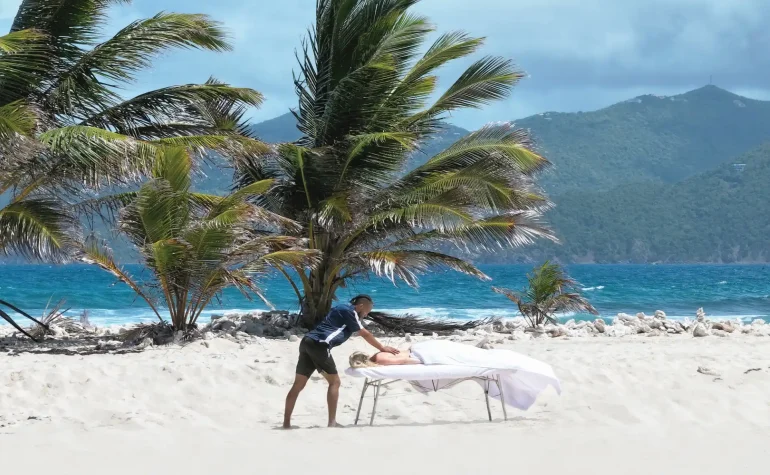St. Croix has long been considered an islander’s island.
Further removed and less travelled than its more visible USVI counterparts, it offers tourism experiences distinct from both the tranquil national park beaches on St. John and the mega-hotels and rowdy nightlife on St. Thomas.
St. Croix is an 84-square mile island – the largest of the Virgins – is a great destination for people interested in something more than the simple sun-and-rum basics of a standard tropical vacation (though its expansive beaches can certainly accommodate that desire as well).
Typically visited by less than an eighth of the USVI’s annual vacationers, it’s no surprise the territory’s Department of Tourism officials refer to St. Croix as “a hidden gem” of the Caribbean. From touring iconic 18th Century forts to sipping craft breadfruit vodka to kayaking across rare bioluminescent bays, it’s an island packed to the brim with unique, off-the-beaten-track adventures.
History
Travellers interested in the Caribbean’s chaotic, volatile history will be hard-pressed to find a location with more offerings than St. Croix.
The island served as a major flashpoint in New World exploration, hosting the first skirmish between European colonizers and Native Americans when Christopher Columbus landed on Salt River on November 14, 1493. Today, tourists can visit Columbus’s landing site on pontoon boat tours of the Salt River Bay National Historical Park and Ecological Preserve, which is also home to St. Croix’s largest remaining mangrove estuary, according to USVI Tourism officials. Additionally, the preserve is known for being one of the Caribbean’s rare bioluminescent bays, offering adventurous travellers picturesque opportunities for twilight scuba diving and kayaking.
Visitors interested in learning about the Danish occupation of the Virgin Islands, which lasted from 1734-1917, should head to Christiansted. The Christiansted National Historic Site, home to Fort Christiansværn and the historic wharf, offers tangible insight into Danish socioeconomic life in 18th and 19th Century West Indies.
There are also numerous options for visitors interested in learning directly from locals about the island’s distinct history and culture – as well as the childhood spots of U.S. Founding Father Alexander Hamilton, who spent a significant portion of his youth on St. Croix.
“Crucian Heritage and Nature Tourism (CHANT) is an organization that offers tours and venues for the visitor to experience the culture and traditions of St. Croix,” USVI Tourism officials explained. “Choose from a variety of tour options, ranging from historical walking tours of downtown Frederiksted, the Alexander Hamilton Tour of Christiansted and Eco Tours with local naturalists. Each tour will leave you in awe of the history and beauty of St. Croix’s many treasures.”
Diving
In May, USA Today polled readers on the best dive sites in the Caribbean. Choosing from a pre-selected list of iconic options like the Wreck of the RMS Rhone in the BVI and the Andros Wall in the Bahamas, voters placed one choice above the rest: St. Croix’s Butler Bay Wrecks.
“There’s a wreck for just about every type of diver in Butler Bay off the coast of St. Croix, as well as a few sunken abandoned cars,” USA Today reports. “Among the more popular options are the Rosa Maria, a 177-foot freighter; Coakley Bay, an oil refinery tugboat; and Suffolk Maid, a large trawler.”
Food and Booze
Foodies interested in the Caribbean’s unique culinary culture have a bounty of options on St. Croix.
The USVI Department of Tourism recommends both the “Virgin Island Food Tours” and “Hanging with the Locals,” both of which are guided cultural trips that give visitors a chance to sample local delicacies like Salt Fish Pate and fried Johnny Cake. For dessert, tourism officials suggest Estate Whim Plantation Museum, where visitors can learn how to make local candy.
In addition to touring the local Cruzan and Captain Morgan rum distilleries, tipplers will definitely want to try Mutiny Island Vodka, chef Todd Manley and distiller Chris Richeson’s new spirit made from breadfruit. Portions of the local vodka’s proceeds are donated to groups like The Breadfruit Institute, a not-for-profit institution “dedicated to discovering, saving, and studying the world’s tropical plants.”
Travellers looking for eclectic Crucian spots to drink should head to the Mt. Pellier Domino Club in the heart of St. Croix’s “Rainforest.” Though reportedly not a technical rainforest, the western part of the island is home to a 15-acre forest packed with mahogany, silk-cotton, red-birch and fruit-bearing trees, according to Frommers’ guide of the island. Smack in the middle of this dense area is the rustic Domino Club, where patrons can snack on Roti and order shots of “Mama Juana” – a Dominican drink made by soaking rum, red wine, and honey in a bottle with tree bark and herbs.
The Club even lets customers order non-alcoholic beer to serve to the property’s numerous pigs, which are kept pens adjacent to the restaurant.
An Unforgettable Beginning
It’s obvious travellers have a wealth of options on St. Croix. But whether they choose to spend the week eating, drinking, scuba diving, or touring across the island – or some combination of all those activities – visitors should reserve one morning on their itinerary for an early wakeup. They’ll want to take in the sunrise at Point Udall, the easternmost point in the United States.
At a lookout above the point, there’s a sundial known as the Millennium Monument, which was built for the New Year’s celebration nearly two decades ago and marks the angle of the first sunrise to shine on the U.S. in the year 2000.
[ts_fab]
